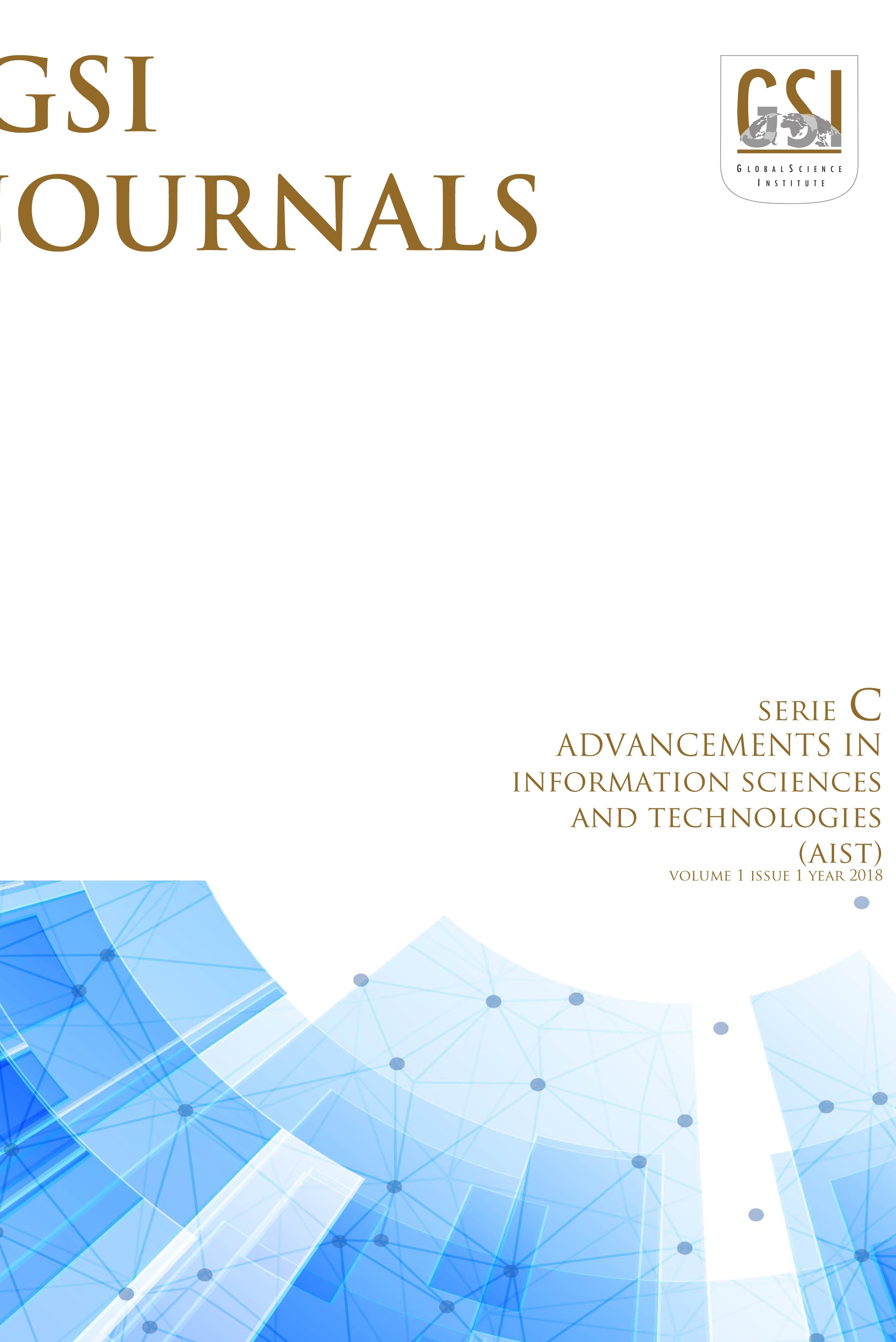HİDROKARBON MİKRO SIZINTILARININ UA YÖNTEMLERİ İLE TESPİT EDİLMESİ VE UANIN HİDROKARBON KEŞİFLERİNDE YENİ BİR TEKNİK OLARAK KULLANILMASI
HİDROKARBON MİKRO SIZINTILARININ UA YÖNTEMLERİ İLE TESPİT EDİLMESİ VE UANIN HİDROKARBON KEŞİFLERİNDE YENİ BİR TEKNİK OLARAK KULLANILMASI
Hidrokarbon, Uzaktan Algılama, Mikro-sızıntı, Petrol ve Doğal Gaz,
___
- Arp, G. (1992). An integrated interpretation for the origin of the Patrick Draw oil field sage anomaly. AAPG bulletin, 76(3), 301-306.
- Bammel, B., & Birnle, R. (1994). Spectral Reflectance Response of BiS Sagebrush to Hydrocarbon-lnduced Stress. Photogrammetric Engineering & Remote Sensing , 60(1), 87-96.
- De Oliveira, W., & Crosta , A. (1196). Detection of hydrocarbon seepage in the Sao Francisco basin, Brazil, through Landsat TM, soil geochemistry and airborne/field spectrometry data integration. Environmental Research İnstitute of Michigan, 1-155.
- Ellis, J., Davis, H., & Zamudio, J. (2001). Exploring for onshore oil seeps with hyperspectral imaging. Oil and Gas Journal, 99(37), 49-58.
- Goetz, A. (2009). Three decades of hyperspectral remote sensing of the Earth: A personal view. Remote Sensing of Environment, 113,5-16.
- Hosseinpour, M. (2020). Relationship between hydrocarbon micro-seepages and structures by detection of altered minerals using ASTER remote sensing data in the West of Coastal Fars, Zagros, Iran. Arabian Journal of Geosciences, 13(13),1-10.
- Höring , B., Kühn, F., Oschütz, F., & Lehmann, F. (2001). HyMap hyperspectral remote sensing to detect hydrocarbons. İnternational Journal of Remote Sensing , 22(8), 1413-1422.
- Jianming, G., Hailong, F., Xiangzeng, W., Lixia, Z., Laiyi, R., Yonghong, H., & Jintao, Y. (2019). Integrating Geochemical Anomaly and Remote Sensing Methods to Predict Oil-and Gas-Bearing Areas in the Yanchang Oil Field, Ordos Basin, China. Earth Sciences Research Journal, 23(1), 79-86.
- Khan, S., & Jacobson, S. (2008). Remote sensing and geochemistry for detecting hydrocarbon microseepages. Geological Society of America Bulletin, 120(1-2),96-105.
- Lammogliaa, T., Filhoa, C., & Filhob, R. (2008). Characterization Of Hydrocarbon Microseepages In The Tucano Basin,(Brazil) Through Hyperspectral Classification And Neural Network Analysis Of Advanced Spaceborne Thermal Emission And Reflection Radiometer (Aster) Data. Remote Sensing and Spatial İnformation Sciences, 38.
- Lang , H., & Nadeau, P. (1984). Petroleum commodity report. Joint NASA/Geosat test case project final report: Tulsa, Oklahoma. AAPG, (pt 2), 10-1.
- Lang, H., Aldeman, W., & Sabins Jr, F. (1985). Patrick Draw, Wyoming–petroleum test case report. The Joint NASA/Geosat Test Case Project: Final report. AAPG Special Publication, 2,11-1.
- Li, Y., & Zhen, L. (2016). Joint control over reservoirs by faults and uplifts: formation of large-scale gas. China Petroleum Exploration, 21(1), 44.
- Maulana, F., Yogiswara, G., Fairuz, S., Maudysha, A., & Nugroho, U. (2020). Remote Sensing Aplication and Geochemical Studies for Hydrocarbon-Induced Alterations Discoveries in Western Kendeng Zone. Proceedings, Indonesian Petroleum Association, Digital Technical Conference.
- Noomen, M., Skidmore, A., & Van der Meer, F. (2003). Detecting the influence of gas seepage on vegetation, using hyperspectral remote sensing. ITC,Enschede.
- Petrovic, A., Khan, S., & Chafetz, H. (2008). Remote detection and geochemical studies for finding hydrocarbon-induced alterations in Lisbon Valley, Utah. Marine and Petroleum Geology, 25(8),696-705.
- Rencz, A., & Ryerson, R. (1999). Manual of remote sensing, remote sensing for the earth sciences (Vol. 3). John Wiley & Sons.
- Richers, D., Jones, V., Matthews, M., Maciolek, J., Pirkle, R., & Sidle, W. (1986). The 1983 Landsat soil-gas geochemical survey of Patrick Draw area, Sweetwater county. Wyoming AAPG bulletin, 70(7), 869-887.
- Saunders , D., Ray Burson, K., & Keith Thompson, C. (1991). Observed relation of soil magnetic susceptibility and soil gas hydrocarbon analyses to subsurface hydrocarbon accumulations. AAPG bulletin, 75(3), 389-408.
- Saunders, D., Burson, K., & Thompson , C. (1999). Model for hydrocarbon microseepage and related near-surface alterations. AAPG bulliten, 83(1), 170-185.
- Shumacher, D., & Abrams, M. (1996). Hydrocarbon Migration and Its Near-surface Expression: Outgrowth of the AAPG Hedberg Research Conference, Vancouver, British Columbia. AAPG.
- Staskowski, R. (2004). Utility of Aster For Detecting Hydrocarbon. AAPG Annual Convention, 1-2.
- Tedesco, S. (2012). Surface geochemistry in petroleum exploration. Springer Science & Business Media .
- Van der Meer, F., Van der Werff, H., Van Ruintenbeek, F., Hecker, C., Bakker, W., Noomen , M., & Woldai, T. (2012). Multi-and hyperspectral geologic remote sensing: A review. İnternational Journal of Applied Earth Observation and Geoinformaiton, 14(1), 112-128.
- Veena Malhotra, R., Birnie, R., & Johnson, G. (1990). Detection of surficial changes associated with hydrocarbon seepage Sheep Mountain anticline, Bighorn basin, Wyoming. İn Thematic conference on remote sensing for exploraiton geology, 1097-1110.
- Wang , J., Liu, S., Li, J., Zhang, Y., & Gao, L. (2011). Characteristics and causes of Mesozoic reservoirs with extra-low permeability and high water cut in northern Shaanxi. Petroleum Exploration and Development, 38(5), 583-588.
- Yang , H., Meer, F., Zhang , J., & Kroonenberg, S. (2000). Direct detection of onshore hydrocarbon microseepages by remote sensing techniques. Remote Sensing Reviews, 18(1), 1-18.
- Yayın Aralığı: Yılda 2 Sayı
- Başlangıç: 2018
- Yayıncı: Hilmi Rafet YÜNCÜ
Mehtap ÖZENEN KAVLAK, Saye Nihan ÇABUK
UZAKTAN ALGILAMA TEKNİKLERİNDEN YARARLANARAK TARIMSAL FAALİYETLERİN İZLENMESİ
Şelale BALAMBAR, Zahra KHODA KARİMİ, Fatma ÖZTÜRK, Şeyma BERK ACET, Özge IŞIK PEKKAN
BELLEK TAŞIYICILARI OLARAK TARİHİ PEYZAJ KARAKTER ALANLARI: PRİENE ANTİK KENTİ ÖRNEĞİ
Hakan Oktay AYDINLI, Mahdi HASSAN PASHAEI, Hatice Selin AYDEMİR, Ümit GÜLER, Müge DEMİR ÇAKIR, Serhat AYDEMİR, Mehtap ÖZENEN-KAVLAK
